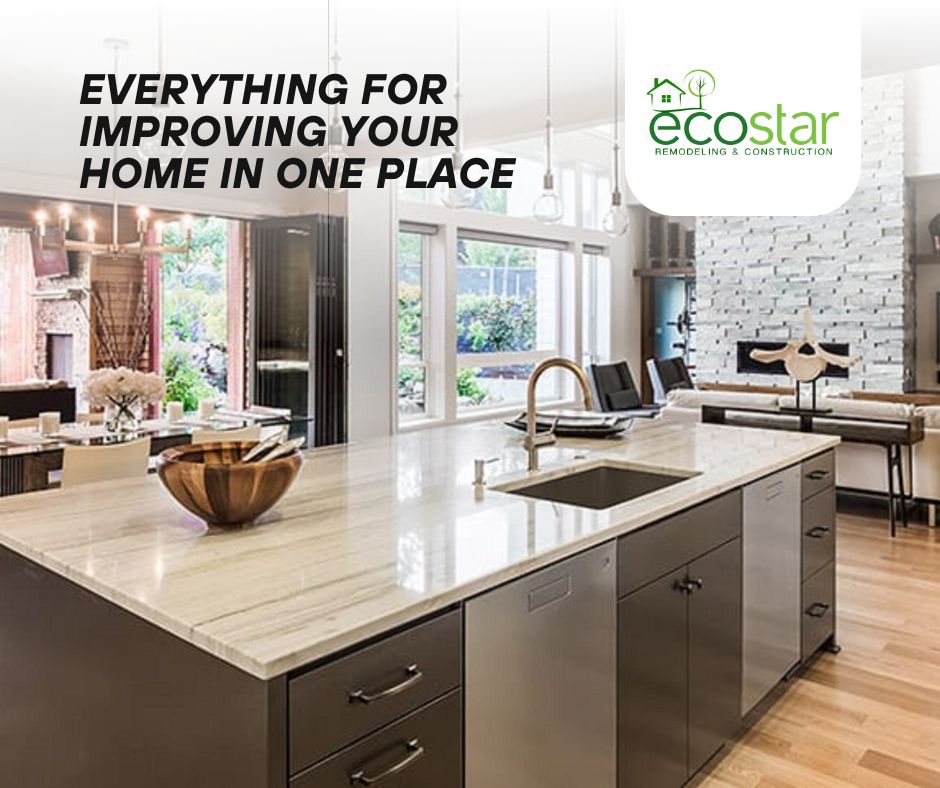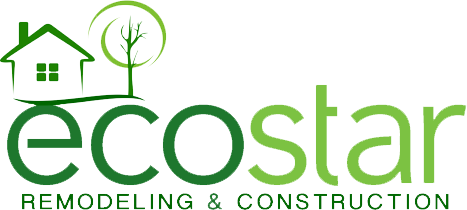
Kitchen remodeling is one of the most valuable upgrades a homeowner can make, offering both improved functionality and increased property value. However, the success of any kitchen remodel doesn’t begin with selecting countertops or cabinets—it starts with the design. A well-planned kitchen design serves as the blueprint for a renovation that’s not only beautiful but also efficient, comfortable, and tailored to your lifestyle.
The Role of Kitchen Design in a Functional Space
A good kitchen design starts with understanding how the space will be used. Every household has different needs: some may prioritize cooking and entertaining, while others may need a family-friendly layout with more storage and seating. Without a clear design strategy, it’s easy to overlook important details like traffic flow, work zones, or adequate lighting.
The “kitchen work triangle” remains a foundational design principle. This concept focuses on the optimal distance between the stove, sink, and refrigerator to ensure efficient movement while cooking. Beyond that, modern designs now include designated zones for food prep, cleanup, and storage. This zoning ensures that every inch of the kitchen serves a purpose and supports everyday activities.
Aesthetic Choices That Complement the Layout
While layout is key, aesthetics also play a significant role. Your kitchen design should reflect your personal taste while maintaining cohesion with the rest of your home. Choosing the right color palette, cabinetry style, flooring, and lighting can enhance the mood of the space and create a kitchen that feels both inviting and functional.
Additionally, thoughtful material choices—such as durable quartz countertops, easy-to-clean backsplashes, and water-resistant flooring—can make a significant impact in both look and performance. When aesthetics and practicality come together, the result is a kitchen that not only looks great but stands up to daily use.
Design First, Remodel Second
Too often, homeowners jump into kitchen remodeling without a solid design plan, which can lead to delays, budget overruns, and functional issues. Investing time in the design phase ensures your remodel runs smoothly and achieves the results you want. Whether you’re working with a professional designer or mapping out your own vision, strong design is the true foundation of remodeling success.

